Not too long ago I wrote an article on here listing my favorite movies to watch while going through a break-up and that list pretty much remains unchanged. As you can probably gather from that article I like movies that tend to delve into the darker aspects of relationships. Yet, on the other side of that coin are the romantic comedies—the movies where two characters meet and cutely dance around the prospect of falling in love and living cheerily ever after. Those are not my type of movies.
However, my heart is not completely made of coal and—surprise—there are romantic comedies I actually like. Some titles on here I actually even love and the reason is because they contain qualities I look for in pretty much any movie: intelligence and a commitment to its story and the characters in it. When one typically thinks of romantic comedies it’d be natural to think of movies Reese Witherspoon and Jennifer Lopez were starring in 15 years ago, and names like Mike Nichols, Al Pacino, Michael Douglas and Harrison Ford might not be the first that come to mind. If that’s the case then I hope this list encourages you to seek out these titles. These are movies full of depth, brains, charm, humor and yes, romance.
Working Girl (1988)
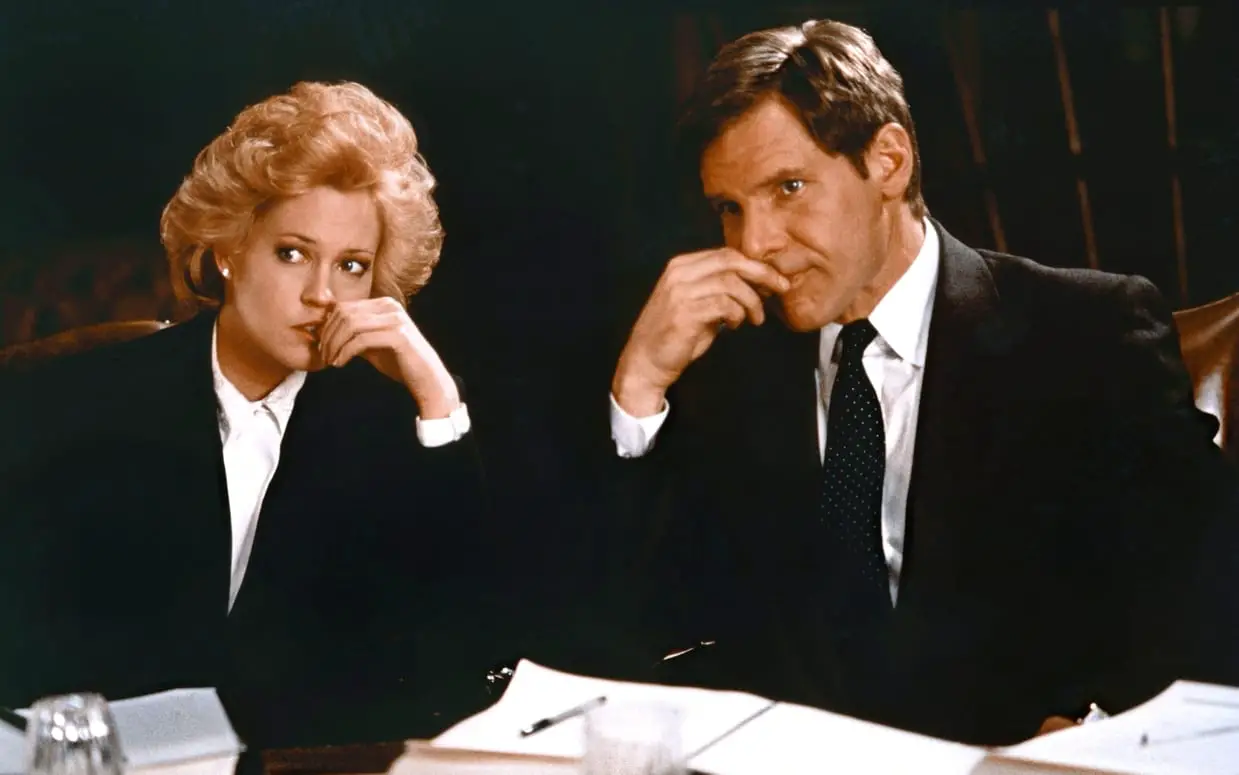
Harrison Ford was scheduled to take the winter of 1988 off before gearing up to play Indiana Jones one more time, but an offer to spend time playing the romantic lead in a Mike Nichols New York romantic comedy (which was to be photographed by regular Scorsese cinematographer Michael Ballhaus no less) was too good for even Ford to pass up. Not to mention, it gave him the chance to do some lighter work after the heaviness of Witness, Mosquito Coast and Frantic. No jungles, no guns and no despair. Win, win, win.
And a winner is exactly what Working Girl is. Kevin Wade’s script is unique in so many ways as its characters are defined by their dreams, charm and intelligence. Melanie Griffith (in her star-turning Oscar-nominated role) dazzles as Tess McGill, a temp worker shuffling her way through the financial world (a very male-dominated one) while attending night school to better her life. To first look at Tess it’d be difficult to get past the giant hair, the neck to knee leather coats she wears as armor, and her dangly bracelets but Tess is a woman with drive, ambition, wit and brains, who knows how to play the game while remaining honest in an often dishonest profession.
Ford doesn’t appear until nearly 40 minutes into this movie, and this relationship is based on more than attraction—it’s based on respect for each other. Add in a deliciously wicked Sigourney Weaver as Tess’s duplicitous boss (who also happens to be involved with Jack) and you have three incredible actors who all made the right choice to spend that 1988 winter playing in Nichol’s sandbox, and lucky us, we all get to watch.
For Love or Money (1993)
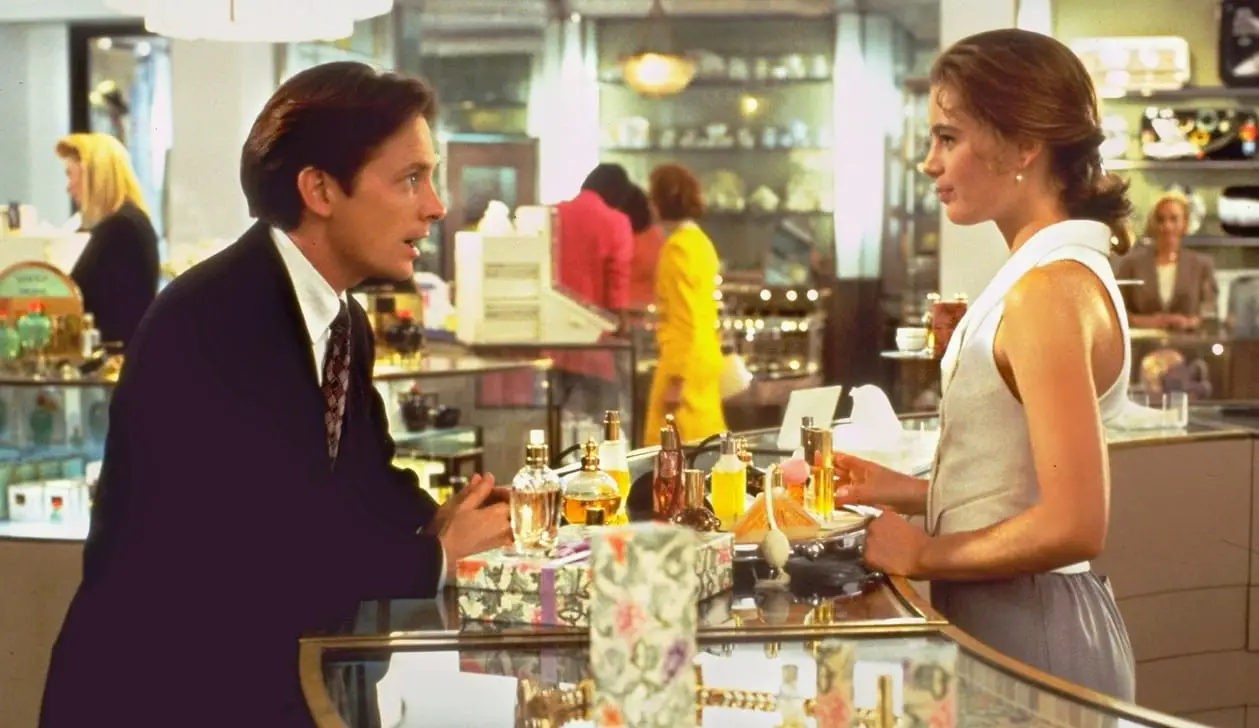
Filmed in the spring of 1992, Barry Sonnenfeld’s For Love or Money didn’t open until the later part of 1993. They say timing is everything and the timing wasn’t right for this fluffy but entertaining romantic comedy starring Michael J. Fox and Gabrielle Anwar, fresh from her scene-stealing work as Al Pacino’s luminous tango partner in Scent of a Woman. Audiences did not dance their way to this movie.
Fox plays Doug Ireland, a long-time concierge at the upscale Bradbury Hotel in New York City. Doug is a schmoozer who would rather spend every waking moment in his lavish workplace than at home in his dingy apartment (who could blame him?), gets to flirt with attractive sales clerks working the high class perfume stores and can make any guests problems go away with a bit of ingenuity and cash. Doug has dreams of creating the hotel of all hotels but he needs money to make that happen. When he enters into a business arrangement with a snooty financier, all seems well, until he discovers Mr. Moneybags is seeing Andy (Anwar), the perfume girl Doug is majorly crushing on. Awkward!
None of this is unfamiliar territory to movie watchers, but the two leads provide enough charm to get past the predictability, and Sonnenfeld (who made this movie between his two Addams Family films) adequately keeps the comedic pace flowing.
The Matchmaker (1997)
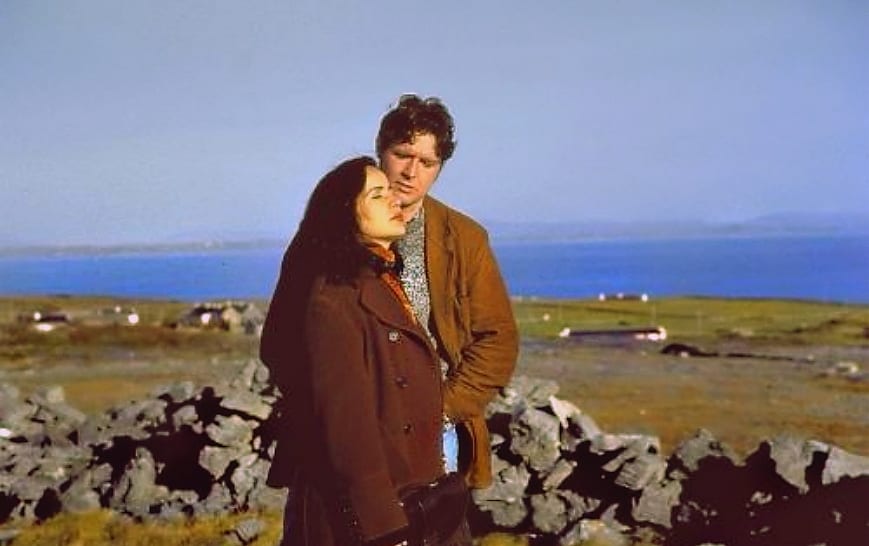
Forget Emily In Paris. If you want to be entertained by something along those lines watch the near forgotten gem The Matchmaker, or “Janeane Garofalo goes to Ireland”. Filmed in the fall of 1996, this movie features Garofalo at her cynical best, whose tough exterior gets melted after spending some time in land of green.
Garofalo is Marcy Tizard, a Boston staffer working for a U.S. Senator in his bid to get re-elected, however, he’s underwater with that city’s voters. The Senator sends Marcy to Ireland to track down some ancestors in an effort to boost his approvals with voters. Only thing is, Marcy lands right into the middle of a small Irish town’s annual matchmaking festival. The cynical big-city gal just wants to do her job and get back home. That is until she meets Sean (David O’Hara) a pub worker who used to be the town’s journalist.
What makes The Matchmaker a winner are the two lead performances and the saucy back-and-forth barbs directed between them. Sean ultimately becomes Marcy’s tour guide and Marcy becomes his chance to present himself to someone besides the locals, who all feel he could have done more in life.
Director Mark Joffe keeps the movie moving at a sprightly pace and doesn’t distract too much from the actors’ convincing turns. The two leads are enchanting and their barbs are quick and sharp. The Matchmaker is an agreeable romantic comedy with genuine laughs that will charm even the most cynical of Marcys which resides in all of us.
Frankie and Johnny (1991)
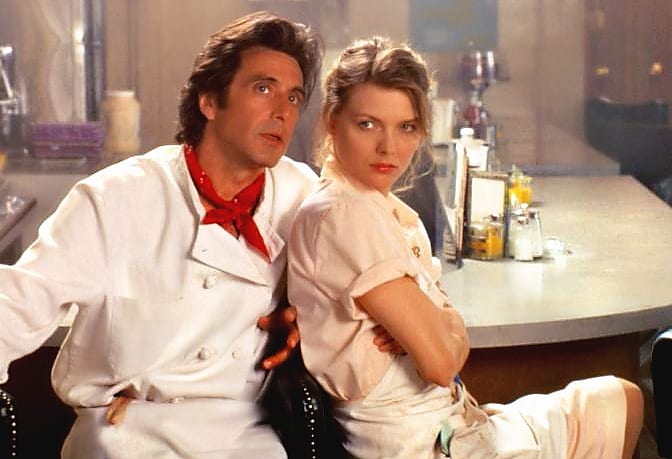
The last time Al Pacino and Michelle Pfeiffer appeared onscreen together they were at each others throats and ready to kill each other, as fans of Scarface can certainly attest. What a difference eight years can make. In 1991, the two teamed up once more for a movie as different as one can imagine from Brian De Palma’s epic of guns, cocaine, violence, and blood. Garry Marshall’s Frankie and Johnny was intimate, quiet, funny, touching, but above all real, and every aspect is sold by it’s two main stars.
Pacino plays Johnny, a quiet short-order diner cook who’s just released from prison and becomes smitten with Frankie, the bruised-by-life, greasy-haired waitress who works in the same diner. Johnny’s romantic overtures are more annoying to Frankie than they are flattering but Johnny who is achingly lonely, senses that beneath her wall, she’s just as lonely too. When Johnny does come on too strong she retreats once again. Still, they are connected through their need to connect with somebody even if it is with someone who doesn’t completely understand you. This film came out a year-and-a-half after Marshall’s Pretty Woman (which at one point, might have even starred Pacino and Pfeiffer) but audiences didn’t want to see a movie about two broken-down schlubs in their movies. They wanted the fairy tale and when you look at it, so did the characters in Frankie and Johnny.
Green Card (1990)

Green Card was promoted as the American film debut of French acting sensation Gérard Depardieu, but domestic audiences didn’t celebrate the actor’s crossover role in Peter Weir’s dramatic comedy co-starring Andie McDowell who, as the poster tag line describes, is about two people who meet, get married and then fall in love.
McDowell is Brontë, a New Yorker who agrees to marry Georges (Depardieu), sight unseen for the greenhouse of her dreams atop an apartment building, and his green card. Once the ceremony is over, the two go their separate ways—until government officials come sniffing around. Now the two strangers must learn to put up with each other or risk going to jail. You won’t see a movie like that on the Hallmark channel.
Peter Weir (who earned a Best Screenplay Oscar nomination for this movie) wanted to make this project for many years, and after the success of 1989’s Dead Poet’s Society he got his chance. Most of the story takes place in Brontë’s apartment, so the two leads who occupied that space (and screen time) needed to be equally convincing and compelling, and both performers excelled at each count. It’s equally hard to convey genuine care and emotion on-screen, but by the end of Green Card no convincing is necessary. You feel it, and their performances (along with Hans Zimmer’s beautiful African-influenced score) will have you rooting for a happy ending. In case you haven’t seen this film, I won’t spoil it but the final shot featuring a sole McDowell will absolutely floor you.
Meet Joe Black (1998)
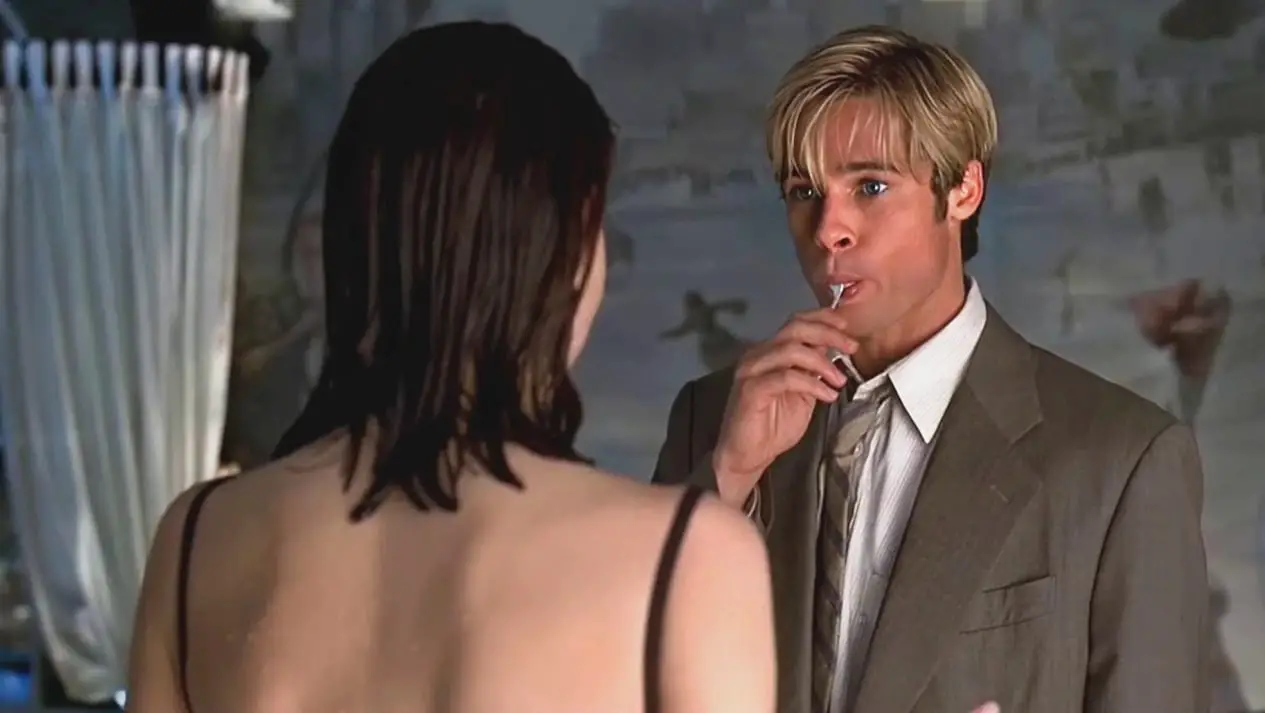
Quite a bit has been said (and written) about Martin Brest’s $90 million dollar budgeted three hour romantic/drama/comedy Meet Joe Black since its release in November, 1998. Its box-office was disappointing (many people bought tickets that opening weekend just to see the teaser trailer for Star Wars Episode I which was attached to the beginning of this movie) and some believe it was this movie and not Brest’s later movie, Gigli which cemented his fate in Hollywood. If Meet Joe Black was a hit, you can be sure Brest would still be making movies (and he should still be making movies).
Meet Joe Black is not a bad movie by any stretch at all. Pitt plays well against co-star Anthony Hopkins and love interest Susan (Claire Forlani), there’s a great villainous turn by Jake Weber, Thomas Newman’s lovely score is evocative of his Scent of a Woman work (a much more successful film directed by Brest) and it provided the world with one of the best memes on the internet (if you’ve seen this movie then you know the one).
Sure, this movie could have lost a good half hour (at least) in editing and Pitt’s distant, hapless performance as “Death” gets old very quick (you’d think Death would be more charismatic, sharp and knowledgeable about the world given how long he’s, y’know, been around) but the positives outweigh the negatives and at least for me, Meet Joe Black has become a comfort movie. It’s visually lavish, opulent, grand for sure (you can practically see the price tags of everything on the screen—even the never-ending fireworks display at the end) but it’s the quiet, tender moments between it’s stars which are the ones that will stay with you.
Better Off Dead (1985)
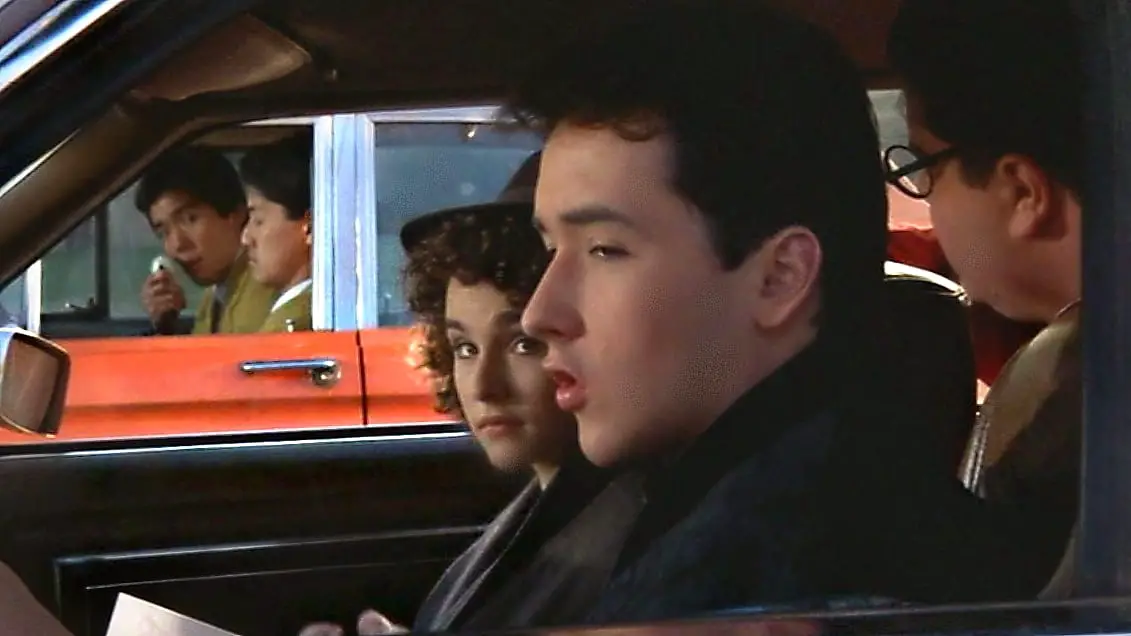
John Cusack may have been reportedly embarrassed at having appeared in this 1985 whacked-out comedy, but he shouldn’t be. Better Off Dead is so much better than the glut of ’80s teen comedies that it often gets (unfairly) lumped into alongside, and the reason is because despite the film’s on-screen zaniness, these actors sell the on-screen antics so convincingly it’s damn hard not to like the result.
Written and directed by Savage Steve Holland, Better Off Dead is the story of cartoonist Lane (Cusack) who is dumped by his toned and tired girlfriend, Beth (Amanda Wyss) for the town’s local jock, Roy (Aaron Dozier). Lane spends the movie wallowing in misery while trying to deal with his very strange home life, his joyless high school, a pair of Asian Wide World of Sports obsessives who seem to show up when Lane has just suffered another in string of daily humiliations and a paperboy intent on terrorizing Lane to end of time, or until he gets his two dollars.
There’s not a lot for Lane to look forward to, that is, until a plucky foreign exchange student named Monique (Diane Franklin) moves in next door. A nice relationship develops between the two and this is when Lane begins to realize that maybe, things might be looking up. That is unless her boundary-ignoring housemate, Ricky (Dan Schneider) doesn’t drive her screaming back to France first.
Some of Better Off Dead’s humor might seem a tad politically-incorrect today, but it’s heart is in the right place and Monique doesn’t suffer any fools (Franklin is a delight to watch) and the film has a unique, irreverent spirit that never loses a step as it goes along (and it has a killer title song to boot). And hey, even Cusack eventually came around to appreciating it.
The American President (1995)
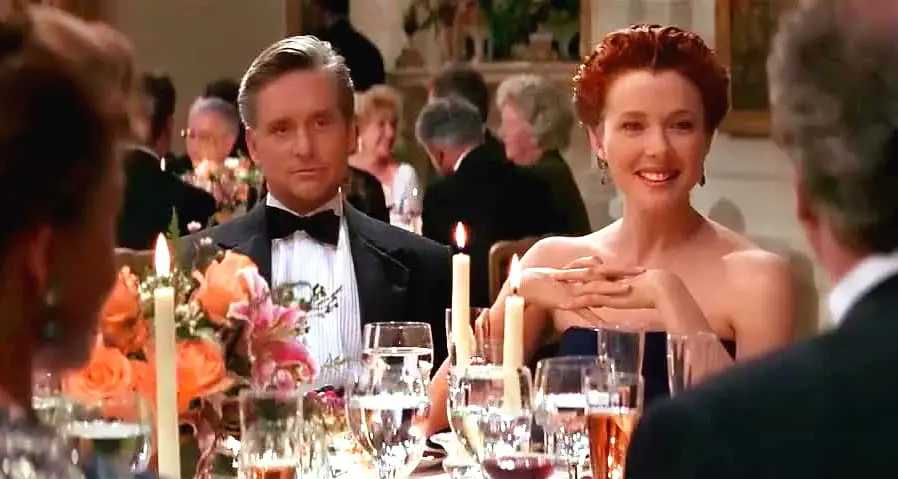
We at 25YL really, really like Rob Reiner’s 1995 The American President and by gosh, what’s not to like? Especially the past few years when politics has become something you’d probably find as a sub-plot in a Stephen King story. This month marks the 25th anniversary of this movie and imagine if these filmmakers had some kind of crystal ball to see into the future—then again, it’s probably best that they didn’t. Why poison a great thing?
People often talk about star quality and try to determine what it exactly is. Well It’s right here in the type of Hollywood product that studios weren’t afraid to make and release during the ’90s which was stories about adults for adults and the only way to see them was by actually going to a movie theater. Wow. What a concept! The American President makes the argument that if the material is good then it’ll attract performers to want to to be a part of it.
It’s incredible to realize that this movie was made before writer Aaron Sorkin won his Oscar, before Annette Bening dazzled in American Beauty, before The West Wing hit TV and before world politics became a real-life reality series. Okay, enough of that talk. After all this is a romance movie list and The American President is one of the best the ’90s offered. Michael Douglas and Bening generate genuine chemistry and she’s incredibly good here as a flustered lobbyist who doesn’t know what to say (or do) when Douglas’s eye-twinkles connect with hers. In fact, the entire cast is first-rate and this is the type of movie you’d want to watch on a quiet snowy evening. And there’s also that ending speech that will….it’s best to hear it for yourself.
How To Lose Friends and Alienate People (2008)
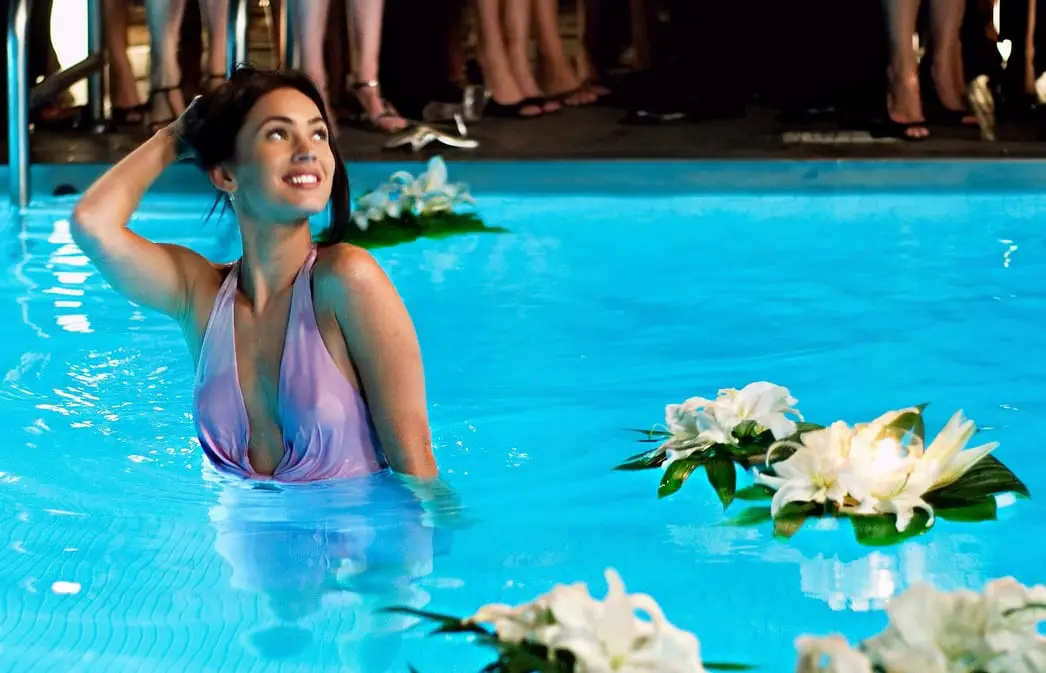
Directed by Curb Your Enthusiasm’s Robert B. Weide, How To Lose Friends and Alienate People is adapted from the 2001 memoir by British journalist Toby Young. In the film version, Simon Pegg plays Sidney Young, a journalist attempting to break into the folds of a Vanity Fair-esque fictional magazine named Sharps.
Immediately, Sidney comes to heads with fellow colleague, Alison Olsen (Kirsten Dunst). However, she does decide to help him after he’s killed the dog of red-hot starlet Sophie Maes (Megan Fox). Sidney’s infatuation with Sophie gets complicated after developing feelings for Alison and if you’ve seen a romantic comedy in your life you pretty much know where this is going. But where How To Lose Friends succeeds is the in the delightful interplay between Pegg and Dunst and it’s dishy take on what life is like working for one of the world’s splashiest publications and the soulless titans who run it.
How To Lose Friends is also a La Dolce Vita inspired comedic soufflé featuring amusing turns by Jeff Bridges, Gillian Anderson and Fox as a modern day version of Vita’s Anita Eckberg to Pegg’s version of Marcello Mastroianni. Nino Rota’s La Dolce Vita music can be heard a number of times during this movie (notably during Fox’s pool dip scene and for Pegg and Dunst’s morning kitchen dance) and the two leads do an amiable job at conveying a bond with each other. How To Lose Friends is certainly nowhere near as profound as the 1960 landmark Fellini film but it’s sweet and breezy and that’s about all a romantic comedy truly needs to be. Bello!
Singles (1992)

Cameron Crowe’s Singles is probably best known for being the first Hollywood movie to convey the very early grunge acts which dominated music in the first years of the ’90s (appearing in the film and on the immensely popular soundtrack were Alice In Chains, Soundgarden, Pearl Jam, The Smashing Pumpkins and others) and while the songs rocked, the movie itself was even better.
Before Friends, Singles was the early 90’s go-to entertainment when you wanted to see a group of 20-somethings hang out, sip coffee and navigate the bumpy lanes of careers and relationships. A bunch of them even lived in the same building together (hello Monica, Rachel, Joey and Chandler.) However, this is pretty much where the comparisons end as Singles is it’s own special movie that boasted a gathering of some of the best young actors of the time.
Bridget Fonda, Matt Dillion, Kyra Sedgwick and Campbell Scott portray four friends who seem to have known each other forever and even dated. Each star shines in their role, but the real attraction of Singles is the sense of place and time Crowe captures here. The citizens in Seattle during 1990-91 probably didn’t realize it, but their influence would go on to define pop-culture everywhere throughout the rest of the decade and Crowe was there to capture the lightening before it struck.
Singles was not a hit when it was released in the fall of 1992 (Warner Bros. had it sitting on their shelf for so long that Campbell Scott, who had shaved his head for Dying Young, had his hair fully grown back by the time Singles was released) but four years later, Crowe would not have that issue with the monumentally successful Jerry Maguire which although very good, is about a person rather than a time, and this is why Singles gets a spot on this list. It’s just terrific and dear Bridget Fonda, if you’re reading, we’ve really missed you. Sincerely, film lovers everywhere.


